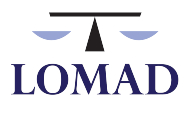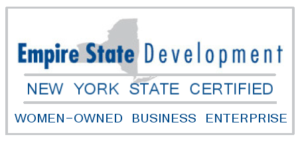Occupational Hearing Loss claims are hard to defend. To prove injurious exposure to workplace noise, the standard of proof can be as low as a claimant’s testimony that his or her workplace was “loud.” Even where the employer has an extensive hearing conservation program, complete with mandatory hearing protection use, annual hearing tests, and, even complex soundmapping, a claimant testifying that his or her workplace was “loud,” even though he or she wore hearing protection, is enough, without a good defense, to establish an occupational hearing loss claim under the WCL.
Therein lies the first real problem in defending a hearing loss claim: an employer’s preventative measures are guided by OSHA regulations which are specific –specific to the point of expressing “safe” decibel levels of exposure in time-weighted averages — and the WCL simply tells us the “injurious exposure” to loud noise causes hearing loss. Evidence about a workers’ regular use of hearing protection, according to case law, can be probative evidence on the issue of exposure, but as with almost every line of precedent issued by the Board, cases are fact sensitive. That fact is most clearly demonstrated by the Appellate Division’s ruling in Zham v. National Fuel, 72 AD3d 1311 (3d Dept. 2010). Zham is a rare example of an employer prevailing on an occupational hearing loss claim, by establishing that the claimant, a customer service representative who spent much of her day on the telephone, had not established that having customers “scream at her” on the phone for several hours a day was compelling proof of injurious exposure where the employer’s consultant opined that the hearing tests he conducted showed a loss of hearing inconsistent with noise exposure. The mantra of “good facts make good law” could not be better illustrated in this context.
This month, The Law Office of Melissa A. Day won a disallowance of an occupational hearing loss claim involving a 45-year employee of a large manufacturing employer who alleged hearing loss due to exposure to presses, grinding machines and other heavy fabricating equipment. The employer in this matter had taken painstaking efforts to implement and enforce an OSHA-compliant hearing conservation program and required all workers to utilize hearing protection “wall to wall” and conducted annual screenings and annual soundmapping to confirm that noise levels and sound-damping measures were safe for its employees. The claimant testified that for the bulk of her employment, she worked in a room adjacent to the plant floor that was “quiet” and she confirmed her normal workplace was comparable to the WCB courtroom where her testimony was being taken. Although the claimant testified she had spent time on a daily basis around the “loud” machines, she had strictly complied with the employer’s hearing conservation program and had worn hearing protection without fail for the last thirty years of her employment. Claimant’s treating physician found a minimal loss of hearing, while the employer’s consultant found even less hearing – less than 0% according to the Board’s formula.
Under cross-examination both doctor’s agreed that their hearing test results were nearly identical and well within any variation they would expect to see between any two hearing tests. The WCLJ, in a lengthy decision, noted that because the hearing tests were nearly identical, the claimant’s work history (exposure) was therefore “a critical factor in determining this claim.” The WCLJ went on to note that “The claimant did testify that she had spent . . . much of her recent time [at work] in an office setting” and that the treating physician’s history of exposure did not include the use of hearing protection for the last 30+ years, only the last 6, and there was insufficient evidence of a causally related occupational hearing loss.
Hearing Loss claims can be won, but what this case illustrates is that a well-coordinated defense is absolutely necessary; and marshalling the facts necessary to present a successful defense requires a close working relationship with the employer and its personnel. Good facts do make good law, but knowing your client is the only way to get either.

